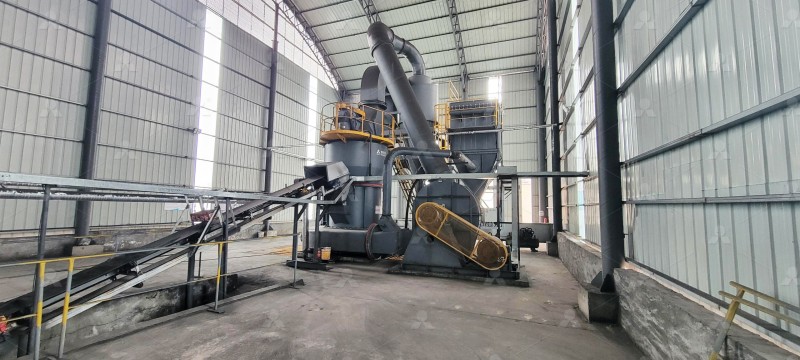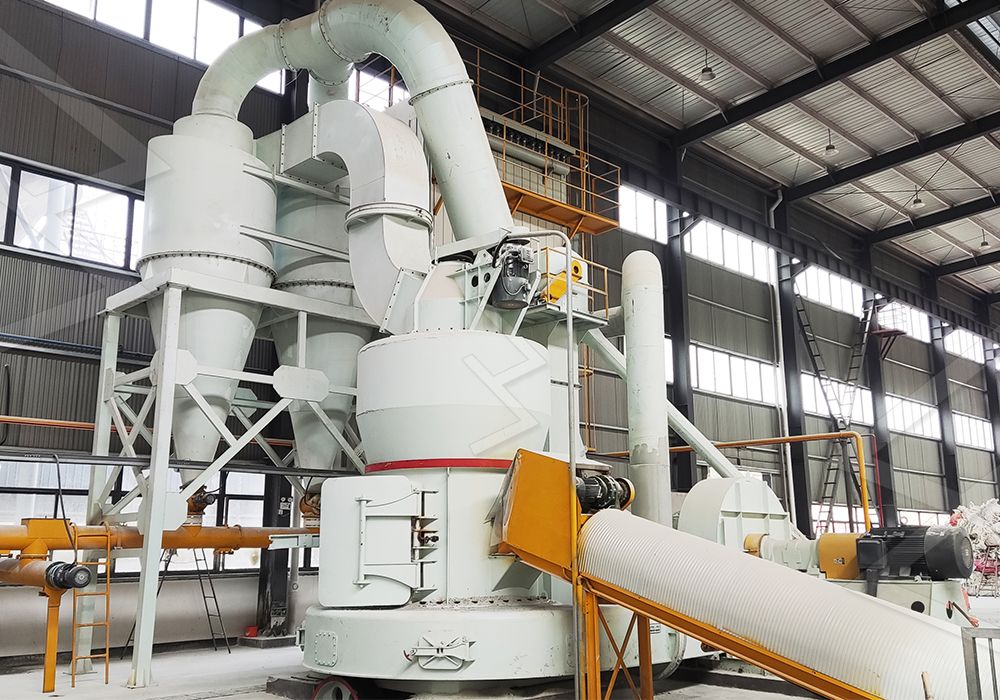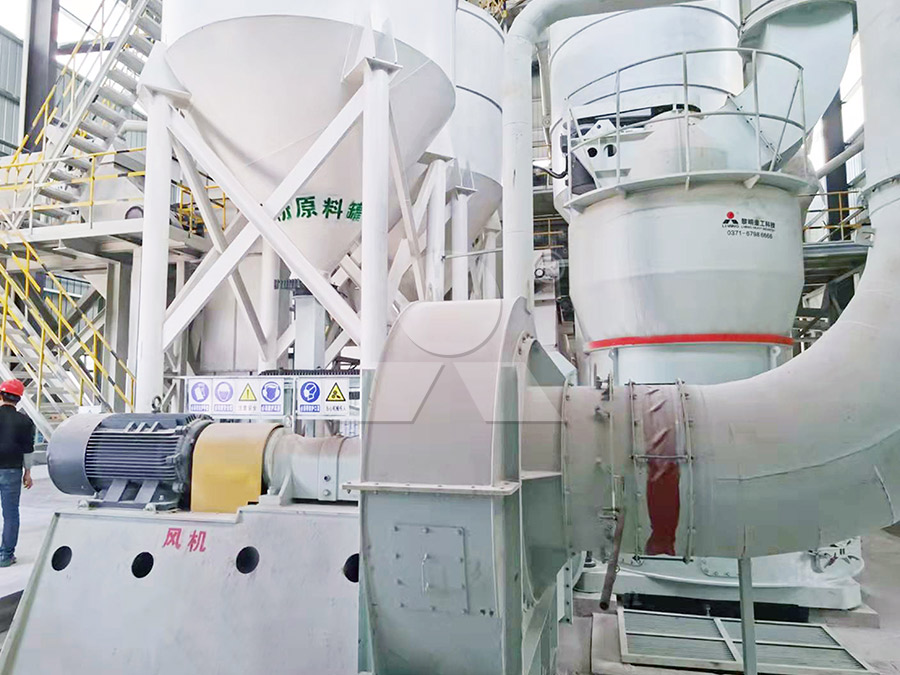Compact High Pressure Raymond Mill for Small to Medium Scale Grinding
Compact High Pressure Raymond Mill for Small to Medium Scale Grinding
In today’s competitive industrial landscape, small to medium scale operations require grinding solutions that deliver precision, efficiency, and reliability without the massive footprint of traditional industrial mills. The Compact High Pressure Raymond Mill represents the evolution of grinding technology specifically engineered for operations where space constraints and targeted production outputs are primary considerations.

Traditional grinding solutions often force smaller operations to compromise between performance and practicality. Either they invest in oversized equipment that operates below capacity, or they settle for less efficient alternatives that hinder productivity. The Compact High Pressure Raymond Mill bridges this gap with intelligent engineering that maintains the core principles of Raymond milling while optimizing for space efficiency and operational flexibility.
Engineering Excellence in Compact Form
What sets modern compact mills apart is their ability to deliver performance metrics comparable to larger systems through advanced engineering. The grinding pressure optimization allows for finer particle size distribution while maintaining throughput. The integrated centrifugal classification system ensures consistent product quality without requiring additional floor space for separate classifiers.
The mechanical design incorporates high-pressure spring technology that applies consistent grinding force, crucial for maintaining product uniformity across production batches. This is particularly valuable for operations processing minerals, chemicals, or specialized materials where particle consistency directly impacts downstream processes and final product quality.

Beyond Traditional Raymond Mill Limitations
While traditional Raymond mills served their purpose, modern compact versions address several historical limitations. The integration of advanced PLC controls allows for precise adjustment of operational parameters, enabling operators to fine-tune the mill for different materials without mechanical modifications. Digital monitoring systems provide real-time feedback on grinding performance, pressure levels, and product fineness.
For operations requiring ultra-fine powder production beyond the capabilities of standard Raymond mills, we recommend considering our MW Ultrafine Grinding Mill. This advanced system handles input sizes up to 20mm with capacities ranging from 0.5 to 25 tph, making it ideal for operations seeking to produce powders between 325-2500 meshes. Its unique design features higher yielding capacity with lower energy consumption – achieving 40% higher production capacity than jet grinding mills with only 30% of the energy consumption.
Operational Efficiency and Maintenance
The compact design philosophy extends to maintenance accessibility. Critical components are positioned for easy inspection and service, reducing downtime during routine maintenance. The lubrication systems are centralized and accessible, while wear parts are designed for straightforward replacement.
For operations processing non-metallic minerals or seeking vertical integration, our LUM Ultrafine Vertical Grinding Mill presents an excellent alternative. With input sizes up to 10mm and capacity ranging from 5-18 tph, it incorporates the latest grinding roller technology and German powder separating technology. The reversible structure design simplifies maintenance, while the double position-limiting technology ensures operational stability even under variable load conditions.

Application Versatility
Compact High Pressure Raymond Mills demonstrate remarkable versatility across material types. From limestone and calcite to barite and dolomite, these systems maintain consistent performance across Mohs hardness scales. The adjustable grinding pressure allows operators to optimize for different material characteristics without compromising efficiency.
The environmental considerations are equally addressed. Modern compact mills incorporate efficient dust collection systems that meet stringent environmental standards while maintaining operational efficiency. Noise reduction technologies ensure these systems can be integrated into diverse operational environments without creating disruptive working conditions.
Frequently Asked Questions
What is the typical footprint of a Compact High Pressure Raymond Mill?
These systems typically require 30-40% less floor space than conventional Raymond mills of similar capacity, with most models occupying between 15-25 square meters depending on configuration.
Can these mills handle abrasive materials without excessive wear?
Yes, with proper selection of grinding roller and ring materials, these mills can process moderately abrasive materials. For highly abrasive applications, special wear-resistant alloys are available.
How does the energy consumption compare to traditional ball mills?
Compact High Pressure Raymond Mills typically consume 30-50% less energy than ball mills of equivalent capacity, with the MW Ultrafine Grinding Mill achieving particularly notable energy efficiency.
What level of automation is available?
These mills can be equipped with PLC-based control systems that allow for automated operation, parameter adjustment, and remote monitoring, with the LUM Ultrafine Vertical Grinding Mill offering particularly advanced control capabilities.
How quickly can product fineness be adjusted?
Fineness adjustments can typically be made within minutes through the integrated classifier system, allowing for rapid transitions between different product specifications.
